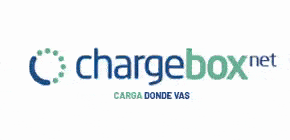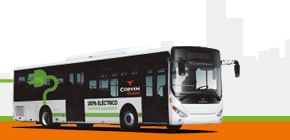The total capacity of electric and hybrid vehicle batteries manufactured in 2022 grew 78% year-on-year, and could soon reach 1TWh of annual production. At present, Contemporary Amperex Technology Co Limited (CATL) is still the company that makes most of the battery cells that go into electric cars, and the runner-up, LG, is not even close, with just over a third of CATL’s market share.
The latest figures from the SNE Research shop show that while Tesla’s battery suppliers are jostling for supremacy, its biggest competitor BYD, which also makes its own cells, is climbing the ranks and is now the world’s second largest battery maker alongside LG. This is the current market share of the world’s top 10 battery manufacturers:
- CATL: 37
- BYD: 13.6
- LG: 13.6
- Panasonic: 7.3%
- SK On: 5.4%
- Samsung: 4.7%
- CALB: 3.9
- Gotion: 2.7
- Sunwoda: 1.8
- Farasis 1.4% Others
- Others 8.6%
BYD experienced the biggest jump from 11% to 13.6% market share.
BYD saw the biggest jump from 11% to 13.6% market share, while the makers of 2170 batteries for Tesla’s high-performance electric cars – LG and Panasonic – declined at a similar rate. Tesla switched to LFP batteries for its standard-range Model 3 and Model Y vehicles that are currently its best-selling versions.
A year ago, «nearly half of Tesla vehicles produced in the first quarter were equipped with a lithium iron phosphate (LFP) battery, which contains no nickel or cobalt,» Tesla said, and that share has grown since then, further boosting LFP battery maker CATL’s market share.
The ranking of the world’s largest EV battery makers could undergo another reshuffle when Tesla enters the market with its planned 4680 battery capacity expansion. Tesla is positioning itself for $3.5 billion a year in government subsidies from the Inflation Reduction Act tax credits, which will run until 2032.
A Morgan Stanley analyst recently said that Tesla could become the manufacturer of the cheapest EV batteries when its manufacturing efficiencies are combined with federal subsidies for made-in-America cells.
It will be interesting to see when Tesla will reach the terawatt-hours of battery production capacity that Elon Musk alluded to in his fourth quarter earnings press conference with investors. Needless to say, Korean and Chinese battery makers will not stand still in the meantime, and have already planned multiple factories on US soil to benefit from the same subsidies that Tesla is also aiming for.





















